Scientists have found that the earth clouds may exacerbate global warming. What's the matter?
Author:Astronomy online Time:2022.09.13
Will the existence of clouds still cause global warming? Let's take a look at this report
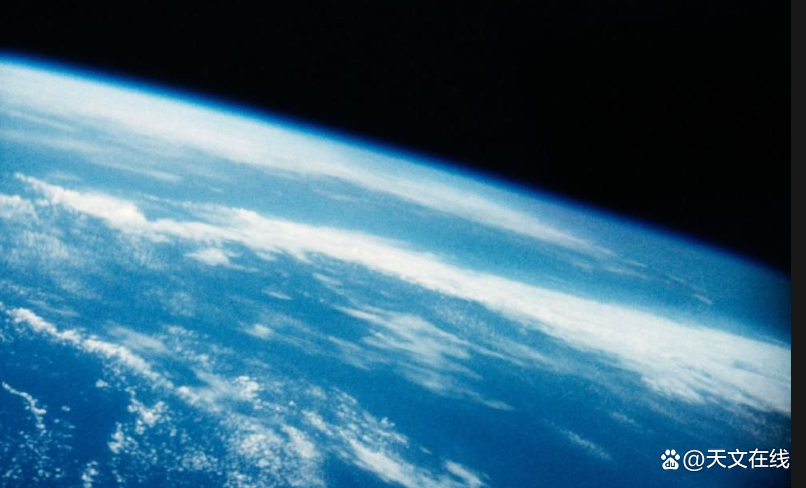
Scientists believe that the clouds may increase global warming. In this picture, you can see the astronaut's Allen Bartreds Shepade overlooking the earth's vision in the Asian orbit flight on May 5, 1961. This is the Americans did not see before before seeing Scenery. (Source: NASA)
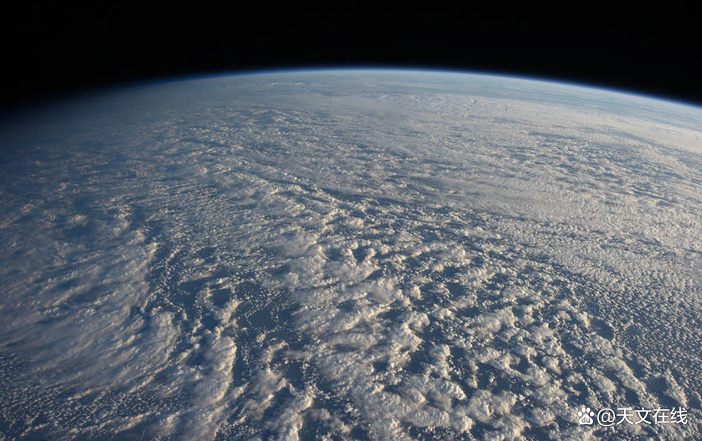
When scientists are worried that when the earth continues to warm up with the influence of climate change, the clouds may make our planet hotter than before.
By using a new method to analyze satellite data, scientists have found in a new study that over time, the clouds on the earth may increase global warming. This work was carried out by researchers from the University of Science and Technology of the United Kingdom and the University of Tung Ying Geely University. Evidence showed that the cloud layer was very likely that the probability of about 97.5%-enlarged the impact of global warming.

"In the past few years, more and more evidence shows that the clouds may have a magnifying effect on global warming." Common author Peroovak, while also serving as the Empire University of Science and Technology Gram, and Dongying Geely University Researcher at the School of Data Science claims in a statement. "However, in the case of using the highest -quality satellite data as the source of the evidence we prefer, our new method allows us to deduce a global value for this feedback effect for the first time."
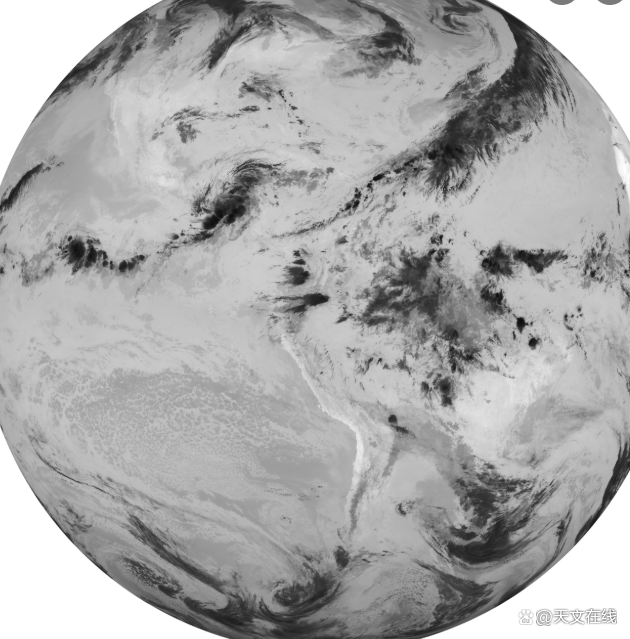
Many countries have signed the Paris Agreement. The agreement promises that in the future, they will limit the global warming to 2 ° C (3.6 ℉), or it is best to be only 1.5 ° C (2.7 ℉) higher than the level before industrialization.
However, this study shows that future climate warming is unlikely to maintain a level below 2 ° C (3.6 ℉) higher than before industrialization, and it is more likely to exceed 3 ° C (5.4 ℉).
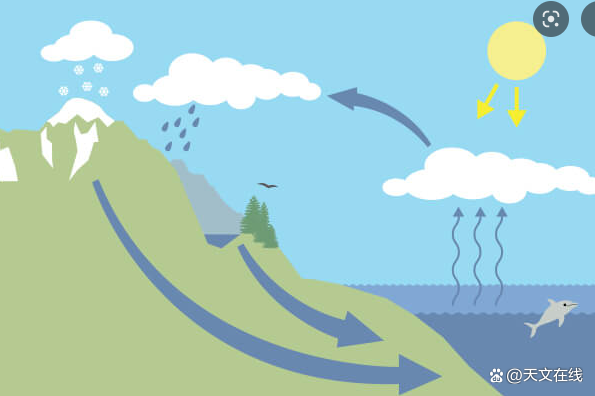
Researchers pointed out that one of the main uncertain factors to predict future climate change is cloud, and how it may change in the future, which will affect temperature. According to the density and location of the cloud, the cloud layer can make the warming less serious or more serious.
In this study, researchers have developed a new method inspired by machine learning, which is about to be included in the satellite data of cloud conditions, clouds, wetness, and wind, and study how the state of clouds will affect the future climate. Scientists have found that in the future, the cloud layer will reflect less solar radiation from the earth to outer space by absorbing solar radiation, and the temperature will spread downward in the form of radiation to enhance the atmospheric greenhouse effect, thereby playing a warmth effect. Essence This will actually make the climate change and warming process more extreme.
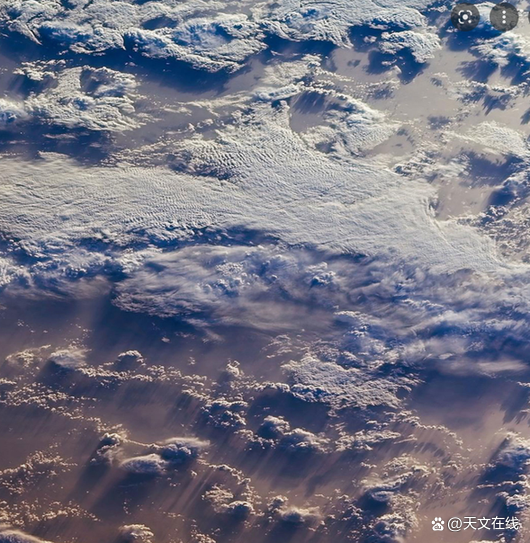
"Climate sensitivity is highly uncertain, which has transformed into the forecast of global warming and the remaining 'carbon budget' in the future (when we complete the common goal of 1.5 ° C or 2 ° C in the world "Uncertainty", the co -author and researcher of the Grand Institute, Paulsispi in the same statement.

"Therefore, we urgently need to quantify more accurately how the clouds will affect future global warming. Research results will make us more confident in climate prediction. At the same time, we can also have a clearer understanding of the severity of future climate change. This helps to understand our limits of carbon emissions, and take appropriate action to keep carbon emissions within the limit range. "
related information
Global warming, or global warming, refers to the climate change of the earth's atmosphere and ocean due to the greenhouse effect in a period of time. Global warming effect.
In 2013, the fifth evaluation report of the Special Committee of the Intergovernmental Climate Change held that "human influence is most likely the main reason for warming the warming phenomenon observed since the middle of the 20th century."
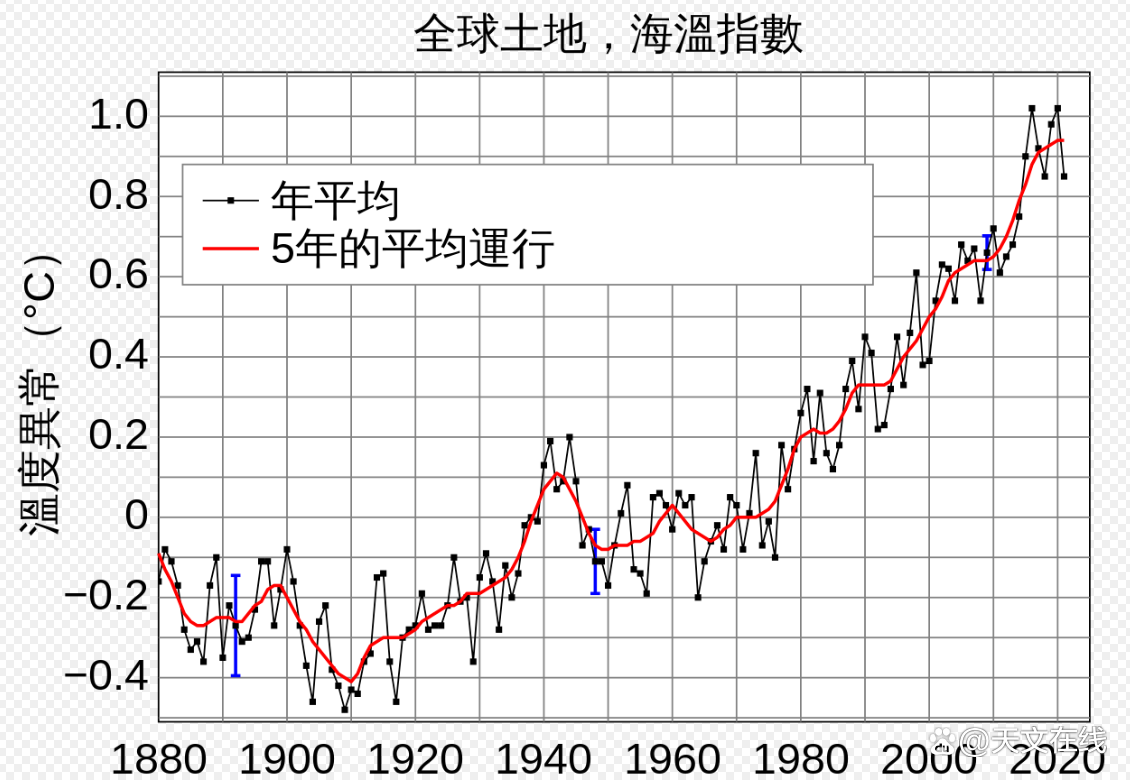
Human influence includes greenhouse gases such as carbon dioxide, methane, and nitrogen dioxide. Given that human activities play the main role in global warming, this phenomenon is sometimes called "human global warming" or "human climate change" "". The climate model prediction in the report states that in the 21st century, according to the emissions of greenhouse gas, the global surface temperature may increase further by 0.3-1.7 ° C to 2.6-4.8 ° C. [3] These discoveries have been recognized by the sciences of major developed countries, [4] [a] and no national or international scientific institutions to raise objections to this.
By: Chelsea Gohd
FY: Good Ye Nutty
If there is related content infringement, please contact the author to delete after the work is released
Reprinted, please obtain authorization, and pay attention to maintaining integrity and indicating the source
- END -
Ningbo Jiangbei District: Scientific and technological innovation tackling to help enterprises steadily improve quality
This loan is really raining in time, and we have solved our urgent urgency! Recently, the Panpeptide Biotechnology (Zhejiang) Co., Ltd., which received 5 million yuan of technology financial loans,
Pulse: How about the tide of rushing into the wind?
When a large Internet manufacturer poured into the automotive industry, the trend of vehicle connectivity gradually appeared. When mobile phone manufacturers such as Xiaomi, Huawei, and Apple penetrat